[ad_1]
Save waste from landfills and begin a composting pile immediately. It’ll can help you morph your waste into free soil, saving you cash when it’s time for planting. You assist the setting and your pockets while you resolve to begin composting!
Compost isn’t troublesome to make, nonetheless data on-line may confuse you as you see bins, tumblers, and all types of strategies that price cash ahead of you begin. Actually, all that you’ll want to begin a pile is a pitchfork, waste, and a few area contained in the yard.
The subsequent choice to make is whether or not or not or not you need scorching or chilly pile. Each strategies have advantages and drawbacks, they usually take utterly utterly totally different parts of time to complete. Let’s see how the gives you add, the work you set in, and the easiest way masses time you should have dictate what selection you will want to make.
Metropolis Worm Thermometer – Great for the Yard & Worm Bin
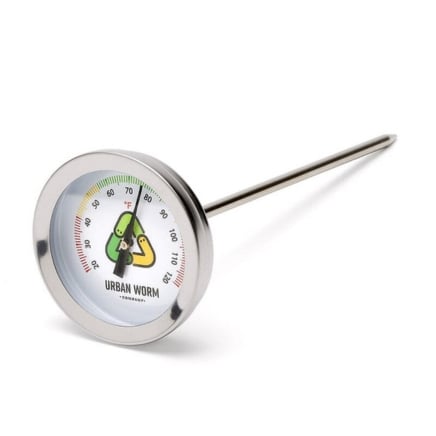

The stainless steel stem penetrates as lots as 5-inches into soil to supply basically probably the most proper discovering out. And the inexperienced, yellow, and purple tick marks can help you understand while you’re contained in the optimum zone to your soil microbes and worms.
The Quick Reply
Scorching compost decomposes shortly nonetheless requires additional upfront labor than chilly composting. It’s usually greater in nitrogen than carbon, since fleshy inexperienced components decompose ahead of dry brown ones. Chilly compost decomposes slowly nonetheless wishes lots a lot much less upkeep and water.
The Extended Reply
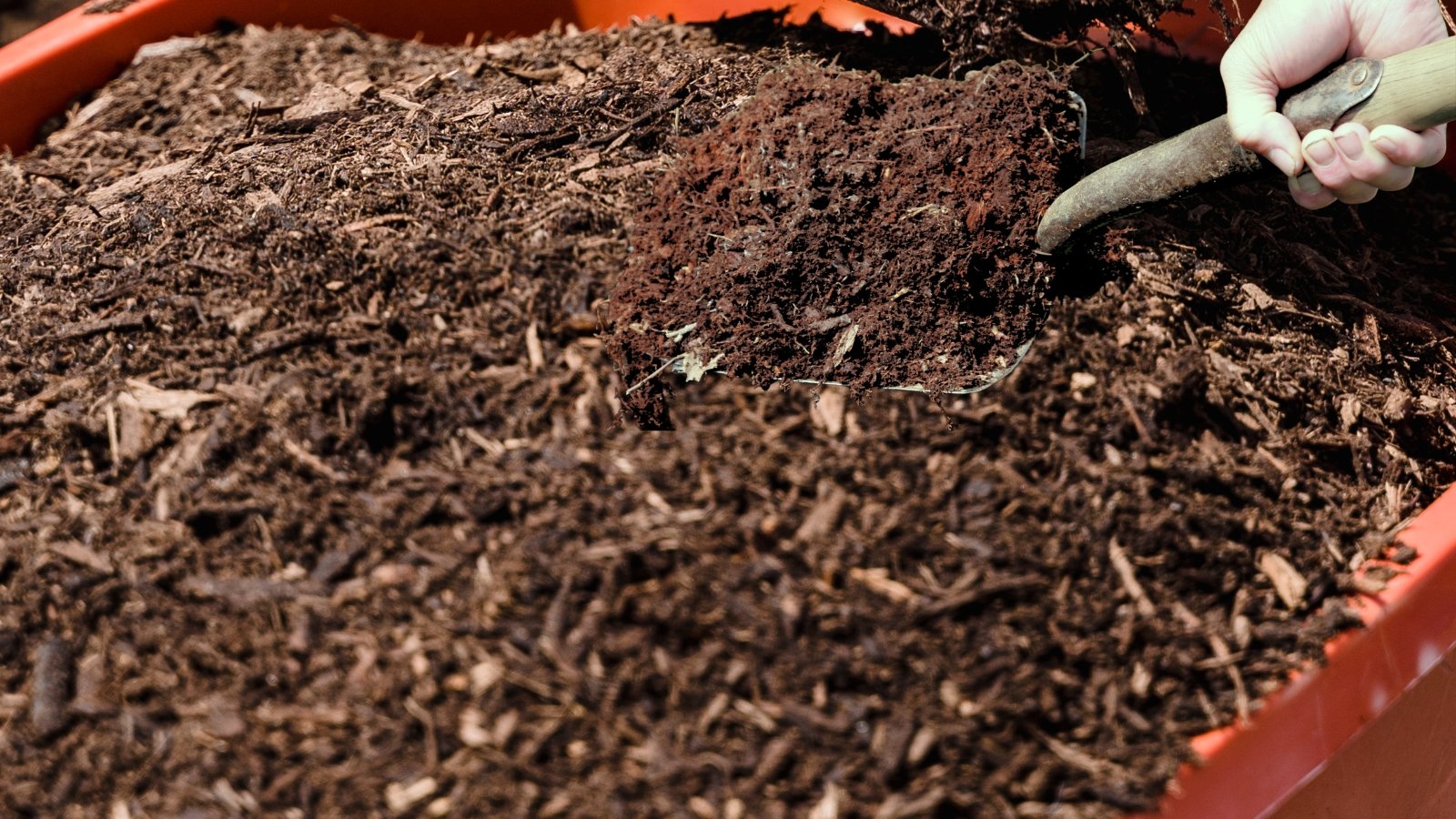

Whether or not or not or not you will want to make scorching or chilly compost relies upon upon how masses waste you should have and how much mulch you’d need to create. Let’s break down what places chilly and warmth composting other than one another and which methodology is biggest for you!
Scorching Compost is Fast
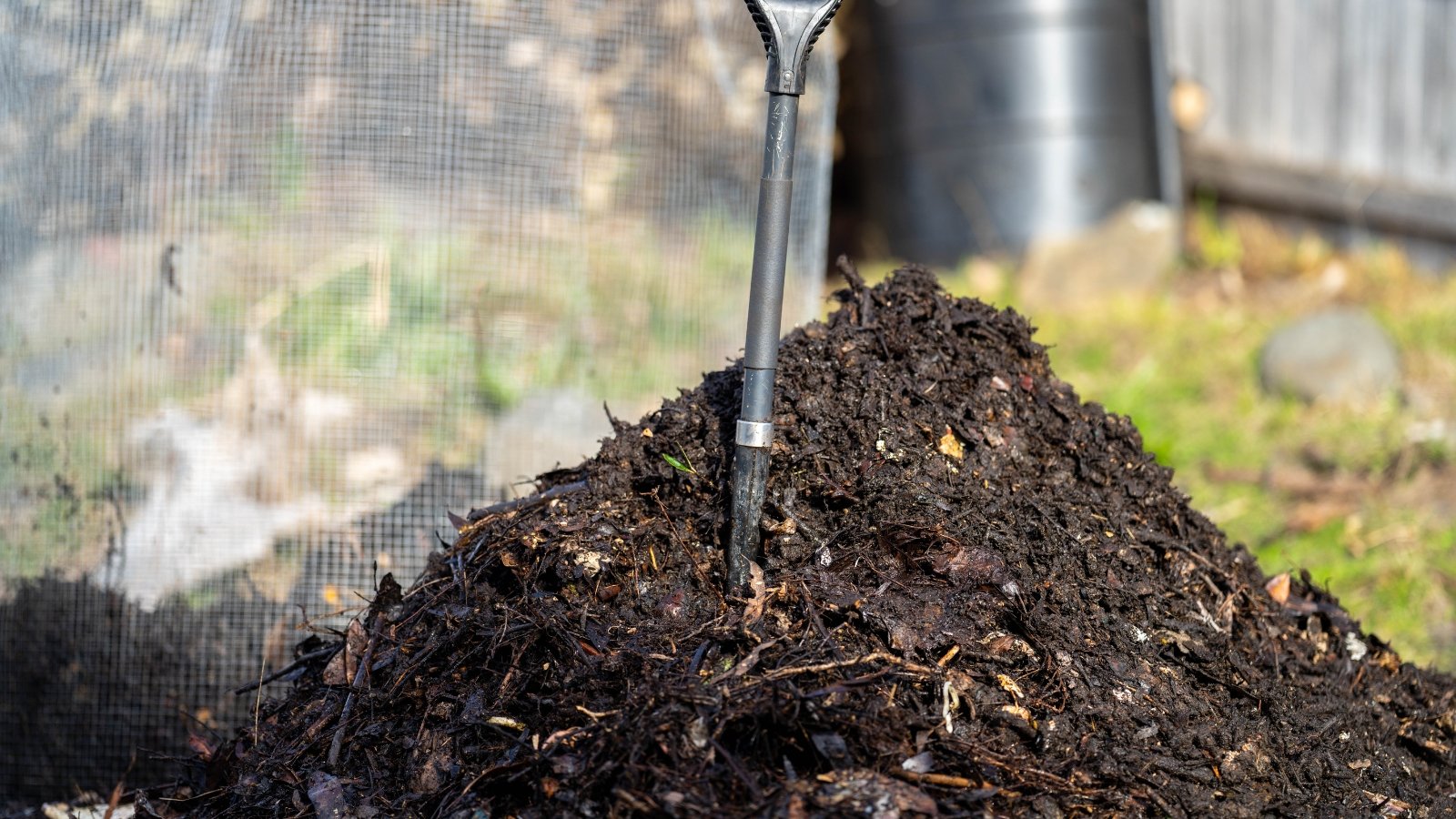

Scorching piles decompose waste shortly, as they assist the microbes and small creatures develop and reproduce. You’ll be able to have prepared compost to make the most of in your yard anyplace from two to a few weeks.
Merely layer inexperienced and brown provides in a ratio of 1:2 or 1:3 in a pile three ft in depth and tall. For each shovel stuffed with fleshy inexperienced provides, you’ll add two or three shovelfuls of dry, brown waste. This maintains an ideal weight ratio of 30 components carbon to not lower than one half nitrogen. Use this chart with C:N ratios to hunt out out your great steadiness.
| Carbon-Wealthy Browns | Carbon:Nitrogen Ratio | Nitrogen-Wealthy Greens | Carbon:Nitrogen Ratio |
| Fallen leaves | 30-80:1 | Kitchen scraps | 15-20:1 |
| Straw | 40-100:1 | Fleshy plant waste | 15-25:1 |
| Picket chips and sawdust | 100-500:1 | Grass clippings | 15-25:1 |
| Chemical-free paper merchandise | 150-550:1 | Manure | 5-25:1 |
The very important issue with scorching composting is widespread turning and watering. You’ll need to make use of your pitchfork to rotate your gives each day or each utterly totally different day. Turning facilitates airflow, which is ready to improve how masses oxygen is contained in the heap. Low oxygen creates anaerobic decomposition, which is smelly, gradual, and attracts animals. Flip your gives each day to avoid it.
Water helps the microbes eat and reproduce. Intention to have it at 50% moisture—it’ll be moist nonetheless not soggy. Confirm the moisture stage by greedy a clump in your fingers. It ought to really actually really feel like a wrung-out sponge. If it’s too moist, you may flip it to encourage even moisture ranges.
Chilly Compost is Easy
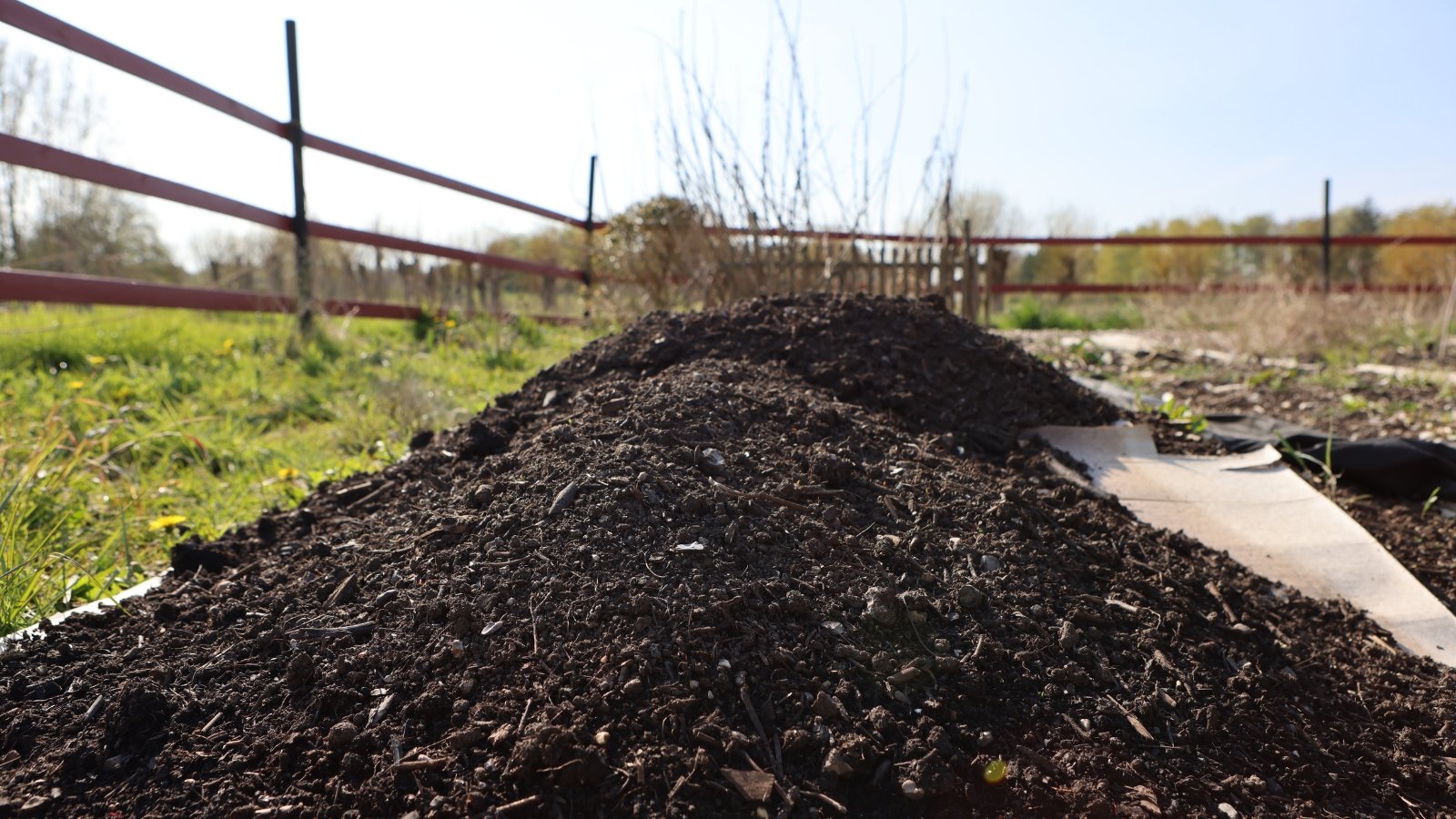

I really like chilly composting just because it’s nice straightforward to do! Begin with the an an identical ratio as scorching compost, with 1:2 or 1:3 components inexperienced to brown. You’ll nonetheless have to point the fabric, nonetheless lots a lot much less often than with scorching heaps. Intention to flip them in just a few cases a month. It will preserve anaerobic decomposition at bay and assist rotate the waste so it decomposes evenly.
Though chilly composting is simple, it’s furthermore a extended course of. You acquired’t have prepared soil for on the very least three to 6 months. So, how is it useful? Correctly, chilly decomposition lets you upcycle waste as you should have it. You’ll be able to repeatedly add biodegradable gives, turning and watering it as wanted.
With scorching compost, you’ll need to begin the heap and stop along with new waste. Updated particles takes time to interrupt down and slows down fast decomposition. Recycle your waste year-round by sustaining one or two chilly piles that settle for particles readily. Harvest prepared soil by lifting the easiest layers with a pitchfork—beneath ought to lie wealthy, crumbly mud it’s advisable to make use of as mulch, fertilizer, or in a potting soil combine.
Decomposition Prices Differ
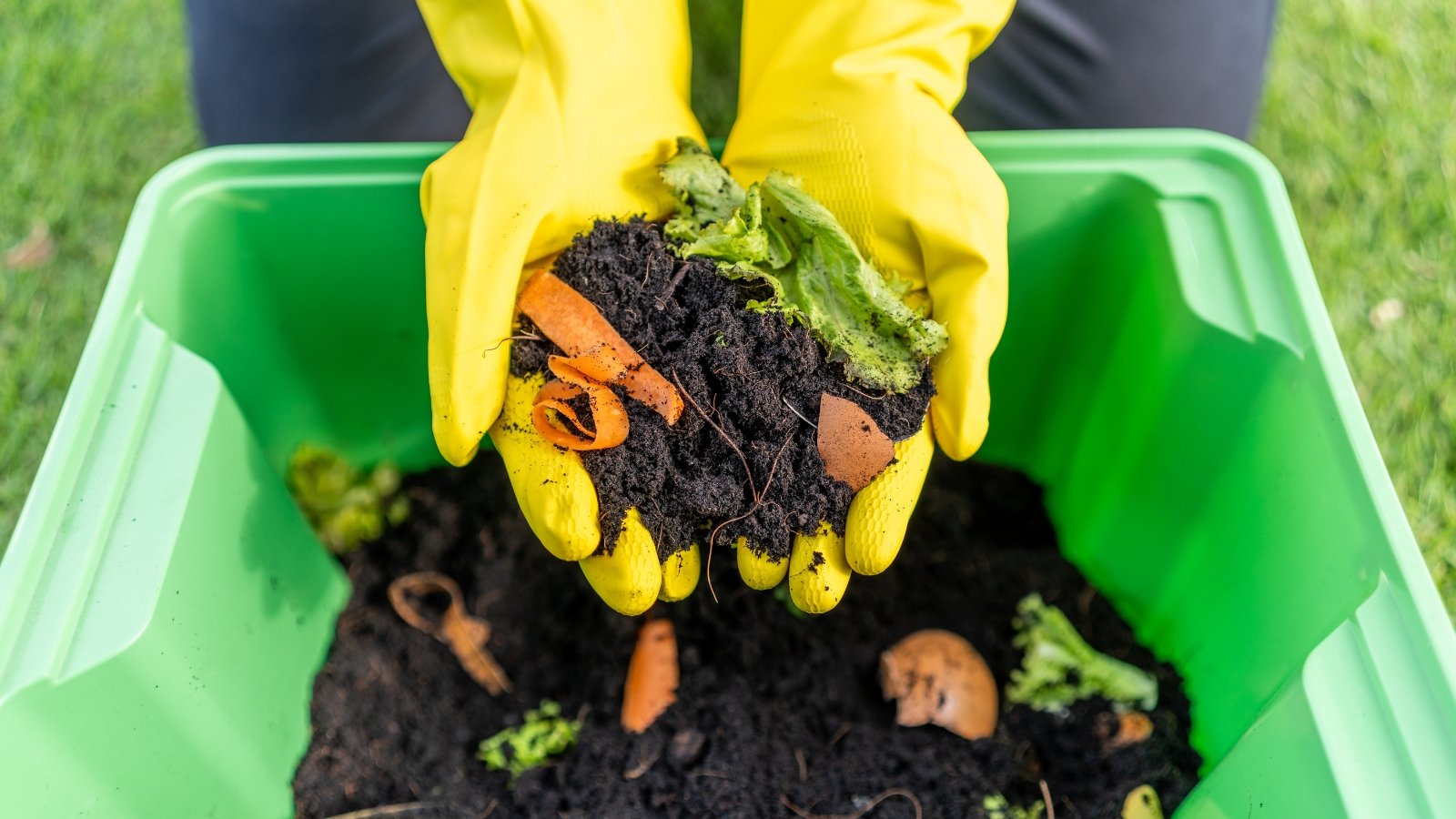

Which methodology you select relies upon upon your wishes and the particles you should have. Picket incorporates quite a lot of carbon and takes longer to decompose than fleshy, inexperienced gives. Giant chunks of picket decelerate scorching decomposition by absorbing nitrogen as they initially break down. This slows them considerably nonetheless is means a lot much less impactful in chilly ones.
A chilly pile may be a better choice you perhaps have quite a few woody or papery waste all yr prolonged. You can also make a scorching pile to your yard and kitchen particles and a chilly one to your woody gives. Make sure you steadiness each varieties equally, along with greens and browns in a ratio of two:1 or 3:1.
One utterly totally different approach to velocity up each strategies is through the utilization of smaller objects of particles. Use a mower, pruners, or a shovel to interrupt up large chunks into smaller ones. Small particles enable additional microbes and worms to eat them due to they’ve additional flooring home that the critters can attain.
Pathogens and Weed Seeds
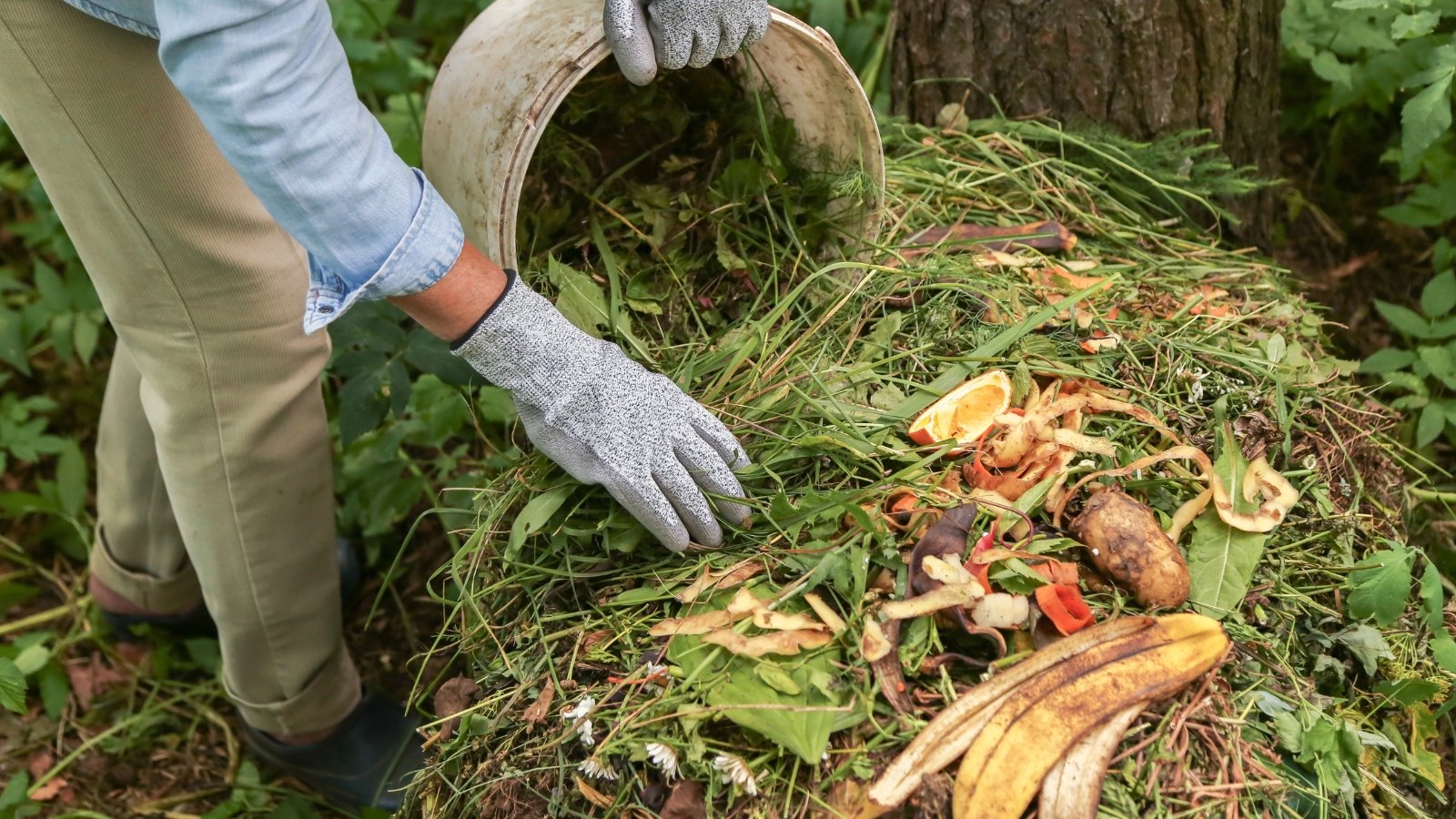

Many sources say to depart diseased leaves and weeds out of your compost, nonetheless the place else would you set them? Scorching composting is a perfect choice, as excessive temperatures and useful microbes work in tandem to steadiness the pile. Kill most sicknesses and weeds by sustaining temperatures above 104°F (40°C) for 5 days, and guarantee they exceed 131°F (55°C) for 4 hours all by means of this time. Use a soil thermometer to measure your compost in case you’re undecided.
You perhaps have endurance and time, chilly composting could be an surroundings pleasant choice for destroying sicknesses. Seeds may persist and sprout while you unfold it on the soil. Merely pull the weeds as they sprout and put them on extreme of the soil with out worth mulch—or, add them as soon as extra into your compost!
Destroy sicknesses by letting your chilly heap mature for a yr or longer. Micro organism, fungi, and archaea work in tandem to suppress meals and soil-borne pathogens as decomposition slows in outdated piles. Mature compost could be an anti-pathogen software program program, which implies you may add it to your raised beds to forestall future crop infections. Make sure you let chilly compost mature for a yr or longer for optimum disease-suppressing outcomes, and apply them as an modification solely as shortly as they provide the impression of being utterly damaged down.
Animal Disturbance
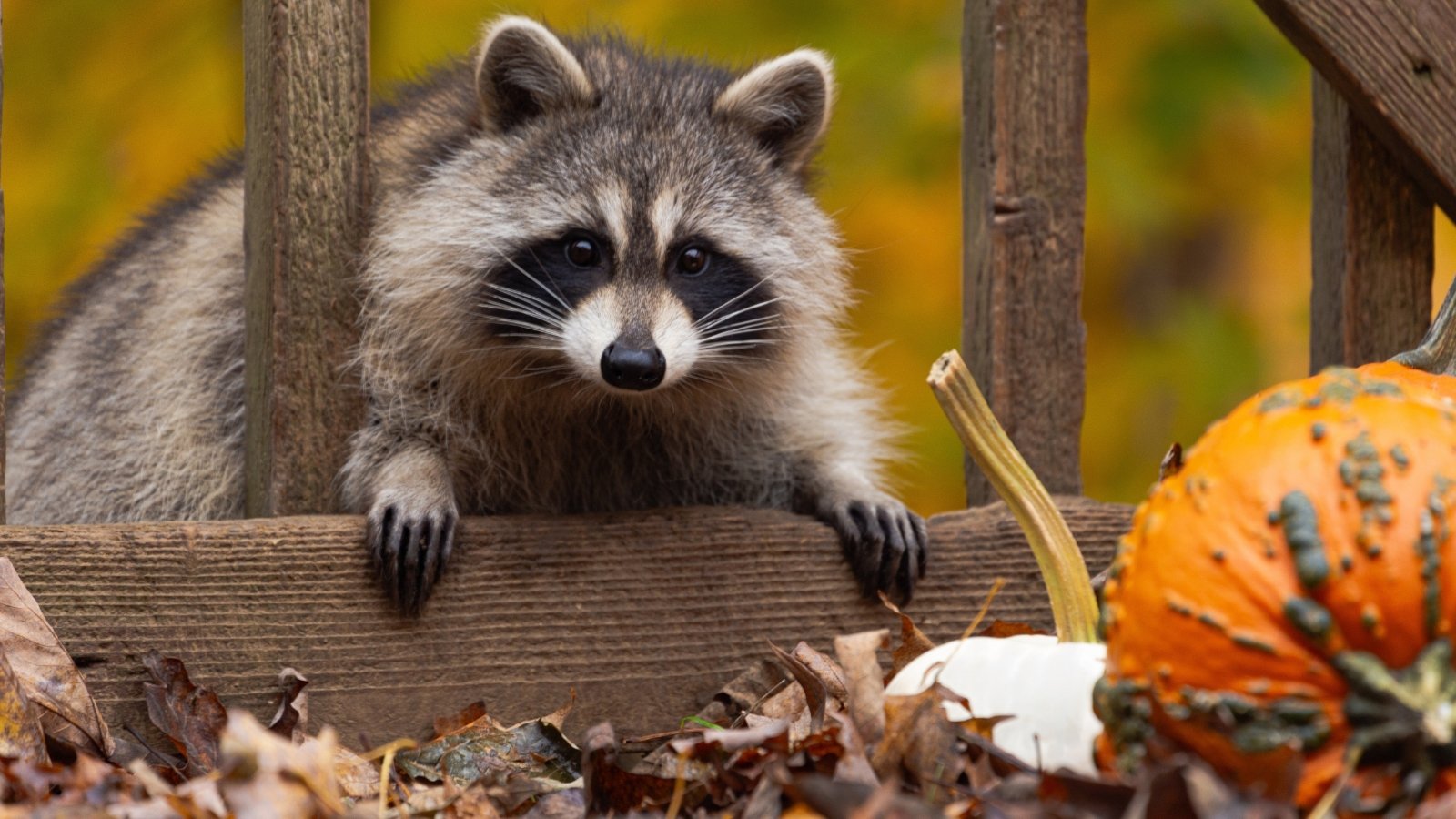

Squirrels, raccoons, and rats flip decomposing compost into a multitude of scraps! You perhaps have these critters dwelling close to you, go for a scorching pile and use partitions to guard it. Picket pallets work correctly as a fast choice; nail three collectively to selection a U sort. Put your scraps contained throughout the U, and place a fourth pallet on the best to seal up the bin. Wrap the pallets in rooster wire to additional animal-proof them.
Tumblers are furthermore animal-proof composting contraptions since they leisure above flooring in a sealed container. The draw once more? They don’t have entry to soil microbes and worms. Restore this by putting a handful of mud from the underside into the tumbler each time you add particles.
Chilly composting is the one methodology you’ll should avoid if there are critters spherical you searching for rotting scraps. They’ll uncover them merely, and make a multitude of your gives ahead of they’ve the chance to decompose.
Last Finish Product
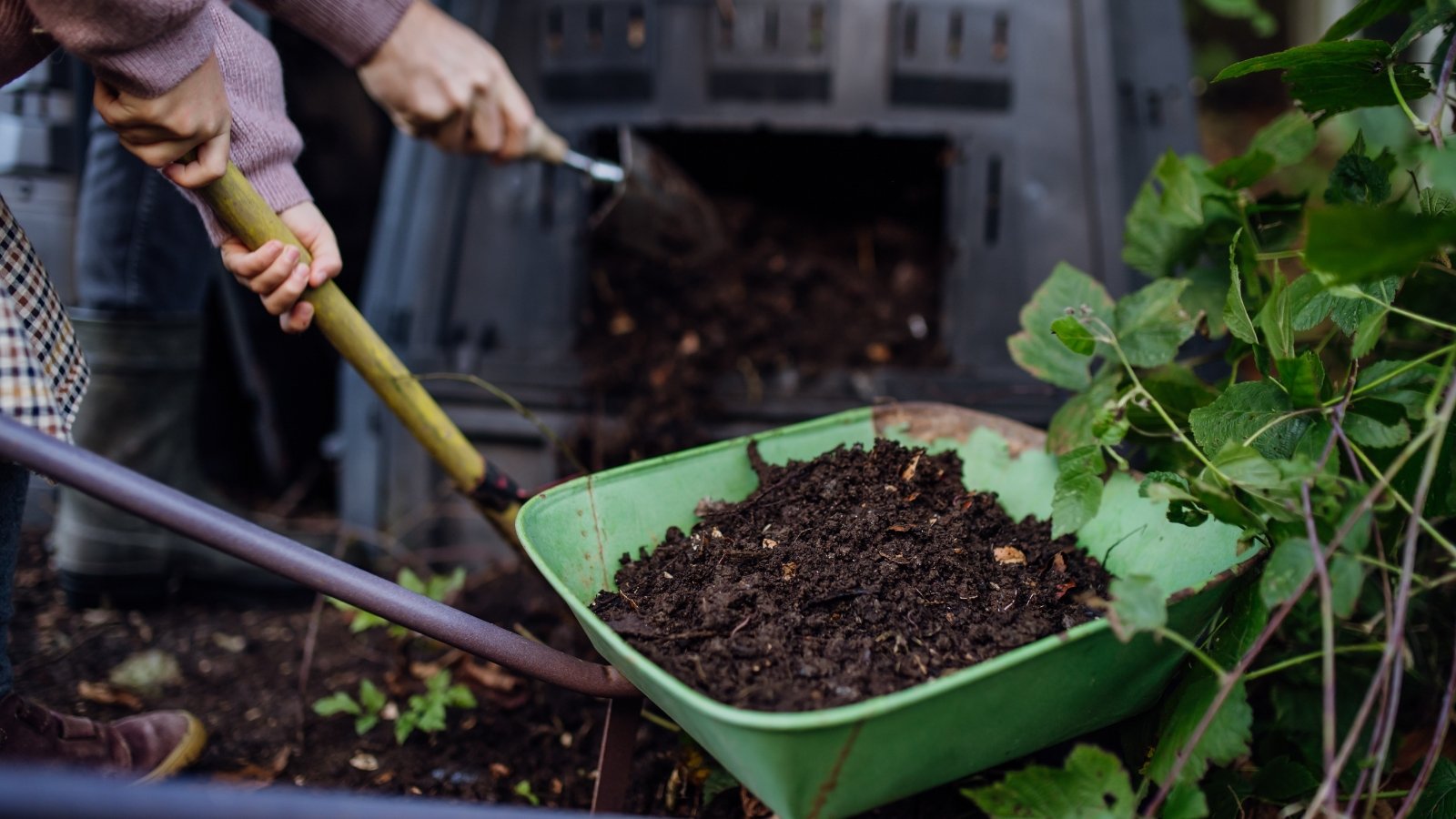

The final word consideration to make is what you need your prepared compost to do. Scorching piles are most fascinating in case you’re processing fleshy gives wealthy in nitrogen to point them into usable varieties that vegetation love. Heaps with quite a few greens furthermore are inclined to have additional micro organism than fungi, which advantages vegetation.
Chilly piles have nitrogen nonetheless are often richer in carbon than scorching ones ensuing from their prolonged decomposition course of. Go for chilly composting in case you develop quite a few vegetation that favor amendments with additional carbon. Carbon-rich composts are inclined to have additional fungi than micro organism.
Incessantly Requested Questions
Compost can exceed 150°F (66°C)! Temperatures above 140-149°F (60-65°C) hurt useful microorganisms and worms. Shield scorching compost beneath this fluctuate by turning it repeatedly.
Scorching compost doesn’t kill worms due to they migrate to areas they like to stay in. If a little bit of your pile is simply too scorching, they’ll relocate to a cooler home.
Chilly compost takes anyplace from six months to 2 years, relying on how often you flip it and the gives it incorporates.
[ad_2]
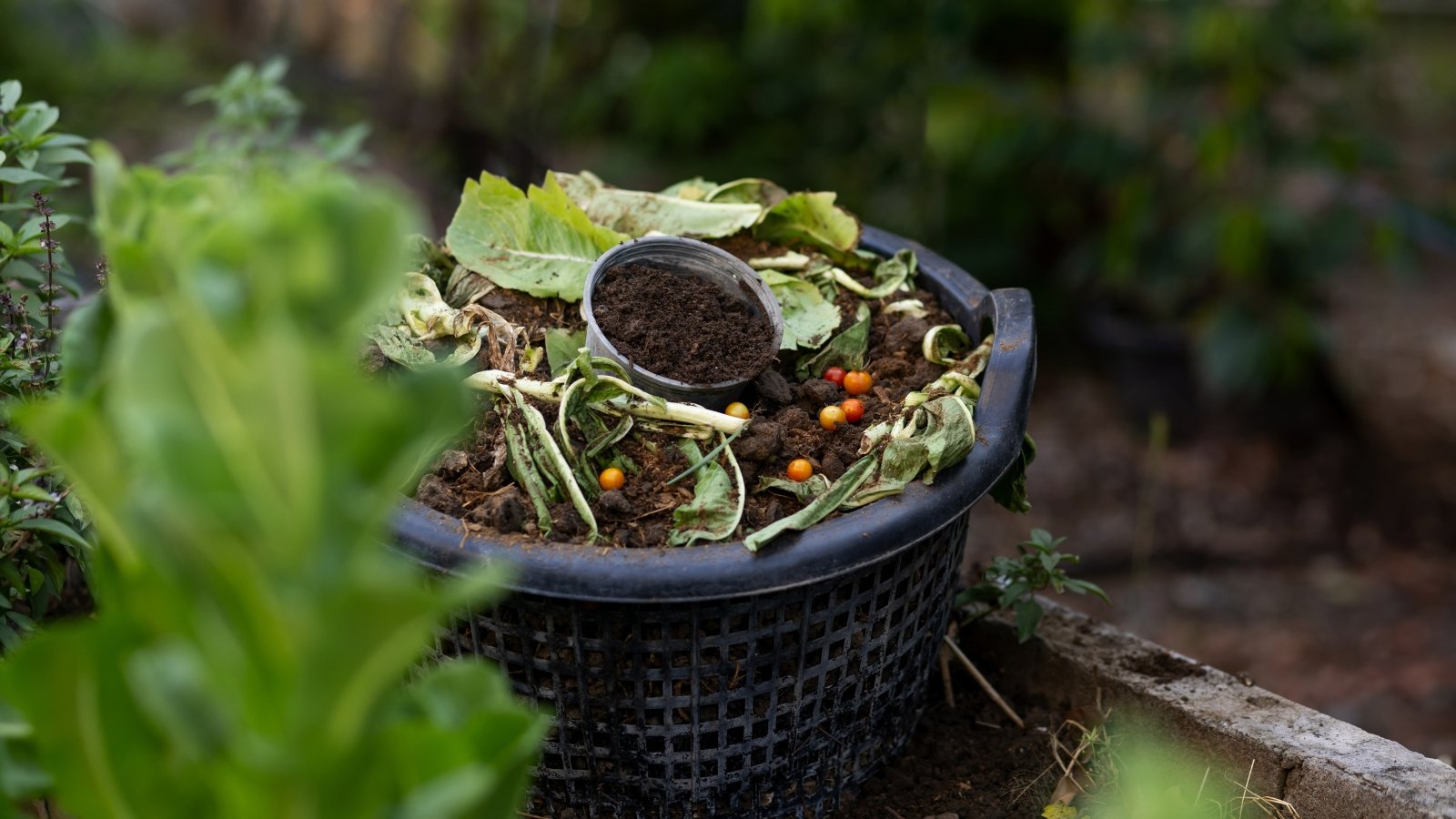
The information about managing temperatures in hot composting was enlightening. It’s good to know that proper turning can prevent unpleasant odors. Overall, this guide seems like a great resource for beginners looking to start composting.
I found the distinctions between hot and cold composting very informative. The details on how to maintain temperature and moisture were particularly useful for someone new to composting. This will definitely help improve my gardening efforts.
I appreciate the clear explanation of the benefits and challenges associated with both types of composting. The breakdown of ratios for green and brown materials was especially helpful in understanding what makes a successful compost pile.
The article provides a solid overview of both hot and cold composting. It’s interesting to learn how the balance of nitrogen and carbon affects decomposition. I appreciate the practical tips on maintaining moisture levels.
This article offers valuable insights into the composting process, especially regarding how different materials can influence decomposition rates. The suggestion to use smaller pieces of waste is a practical tip that I plan to implement.